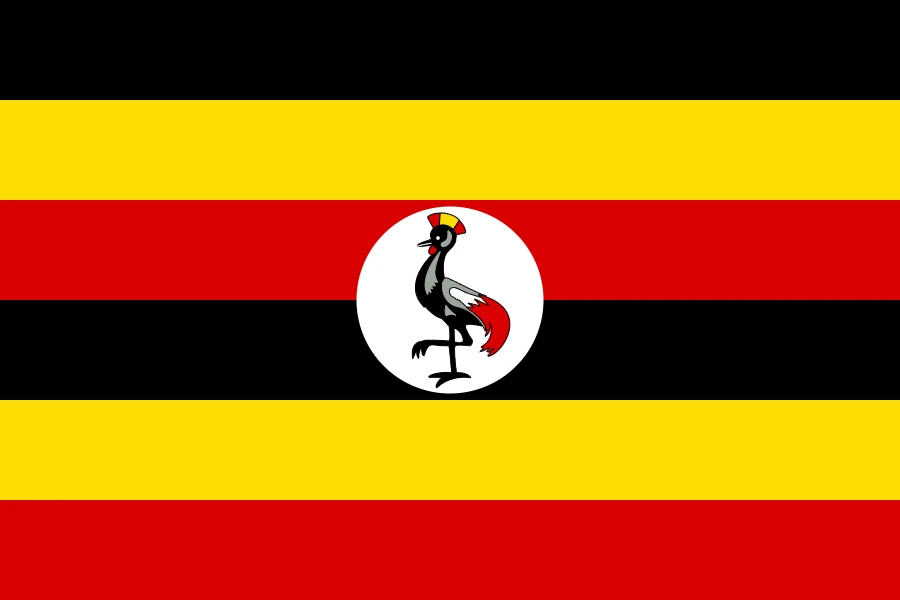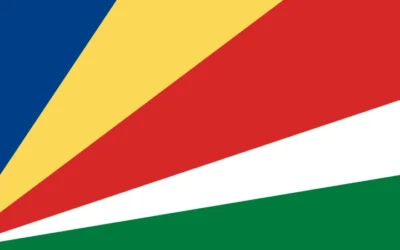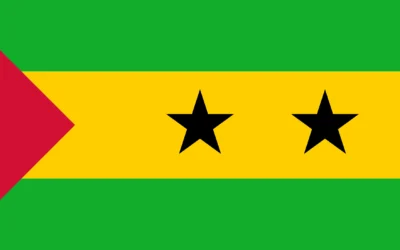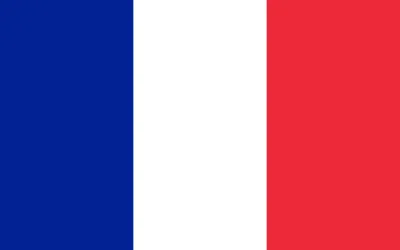Uganda Travel Guide
Discover Why You Should Visit Uganda
Why Visit Uganda?
Known as the ‘Pearl of Africa,’ Uganda is a diverse and lush destination filled with wildlife, friendly locals, and dramatic landscapes. From mountain gorilla trekking to serene lakes, it offers one of Africa’s most immersive travel experiences.
Its blend of adventure, culture, and unspoiled beauty makes Uganda a top choice for nature lovers and responsible travelers.
Ideal for: Wildlife enthusiasts, adventure seekers, eco-tourists, and cultural explorers.
Must-Know Facts
Capital/Major City: Kampala
Language(s): English and Swahili (official), Luganda widely spoken
Currency: Ugandan Shilling (UGX)
Best Time to Visit: June to August and December to February (dry seasons)
Fun Fact: Uganda is home to more than half of the world’s remaining mountain gorillas.
Top Things to Do
Go gorilla trekking in Bwindi Impenetrable Forest
Safari in Queen Elizabeth National Park or Murchison Falls National Park
Stand at the source of the Nile in Jinja and enjoy white-water rafting
Visit Lake Bunyonyi, one of Africa’s most beautiful and tranquil lakes
Hike the Rwenzori Mountains, also known as the Mountains of the Moon
Local Culture & Lifestyle
Uganda is made up of many ethnic groups, each with its own language and customs. Community and hospitality are core values.
Music, dance, and storytelling are central to local life, especially during festivals and family gatherings.
Traditional wear, such as gomesi and kanzu, is still worn on special occasions, reflecting strong cultural pride.
Food & Drink Highlights
Street Food: Rolex (rolled eggs in chapati), roasted maize, grilled meat skewers
Restaurants: The Lawns (Kampala), Piato Restaurant, Bushpig Backpackers café
Drinks: Waragi (local gin), banana wine, fresh passion fruit juice
Desserts: Mandazi, sweet banana fritters, groundnut-based treats
Main Dish & Culinary Symbols
Signature Dish: Luwombo – meat or groundnuts steamed in banana leaves
Common Ingredients: Matoke (green bananas), cassava, beans, groundnuts, millet
Culinary Culture: Meals are usually shared, with hands used to eat traditional dishes in homes and local eateries.
Symbols & Icons of the Area
Natural Icons: Lake Victoria, River Nile, Rwenzori Mountains, Murchison Falls
Cultural Icons: Gorilla conservation, bark cloth, traditional drums, Ankole longhorn cattle
Hidden Gems & Off-the-Beaten-Path
Ziwa Rhino Sanctuary, the only place in Uganda to see wild rhinos
Sipi Falls near Mount Elgon, ideal for hiking and coffee tours
Semuliki National Park for unique hot springs and Central African forest vibes
Shopping & Souvenirs
What to Buy: Handmade baskets, bark cloth items, beaded jewelry, woven mats
Where to Shop: Buganda Road Craft Market (Kampala), Ndere Centre, local cooperatives
Getting Around
Public Transport: Minibuses (taxis) and boda-bodas (motorbike taxis) are widely used
Car Rentals: Recommended for safaris and long-distance travel
Tip: Domestic flights are available to major parks; road travel can be slow due to terrain
Walkability: Good in smaller towns and markets, but cities can be busy
Travel Tips
Carry cash, especially in rural areas; mobile money is also popular
Gorilla permits must be booked well in advance due to limited numbers
Respect cultural norms and dress modestly in villages
Travel with guides in national parks for safety and better wildlife viewing
Where to Stay
Budget: Red Chilli Hideaway (Kampala), Rafiki Guesthouse (Entebbe)
Mid-range: Boma Hotel (Entebbe), Ishasha Jungle Lodge
Luxury: Sanctuary Gorilla Forest Camp, Wildwaters Lodge (Jinja)
Unique: Eco-lodges near Bwindi or treehouse-style camps along the Nile
Sample 4-Day Itinerary
Day 1: Arrive in Entebbe or Kampala, explore the local culture and craft markets
Day 2: Travel to Bwindi Impenetrable Forest for gorilla trekking
Day 3: Visit Lake Bunyonyi for canoeing and relaxation
Day 4: Return to Kampala or stop in Jinja for a short Nile adventure






0 Comments